Home>diy>Building & Construction>How Does Construction Cause Soil Erosion
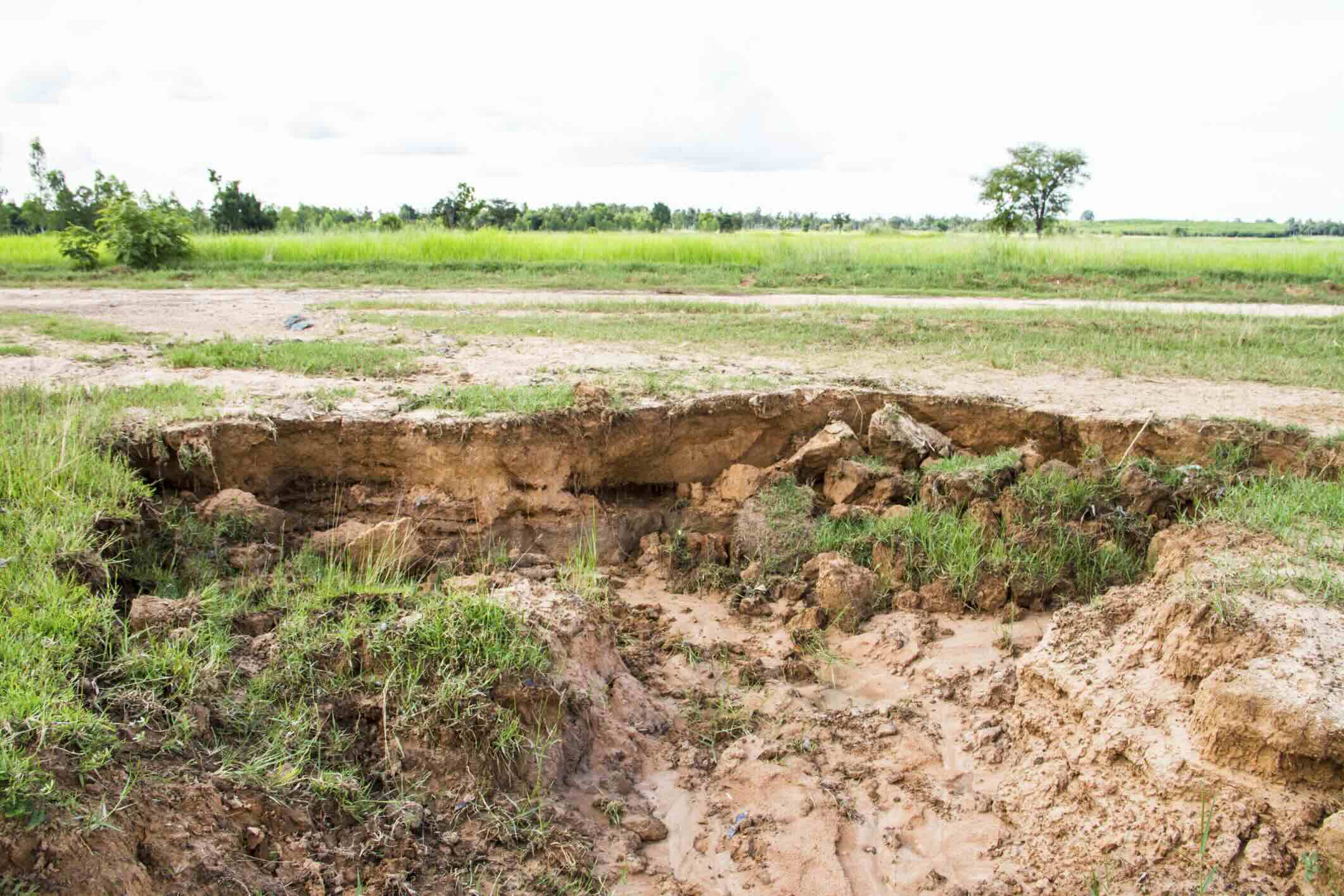

Building & Construction
How Does Construction Cause Soil Erosion
Modified: May 6, 2024
Discover how building construction contributes to soil erosion and learn effective measures to mitigate this environmental concern.
(Many of the links in this article redirect to a specific reviewed product. Your purchase of these products through affiliate links helps to generate commission for Storables.com, at no extra cost. Learn more)
Introduction
Construction is an integral part of our society, as it plays a crucial role in creating the infrastructure we rely on every day. However, it is important to recognize that construction activities can have unintended consequences, one of which is soil erosion. Soil erosion is the process of the displacement of the topsoil layer by wind or water, often caused by human activities like construction. In this article, we will explore the factors contributing to soil erosion on construction sites and discuss the importance of implementing erosion control measures to mitigate its effects.
Construction sites are prone to soil erosion due to various factors. Understanding these factors is essential in developing effective strategies to reduce soil erosion in construction projects. Let’s take a closer look at some of the primary factors that contribute to soil erosion in construction sites.
Key Takeaways:
- Construction activities such as soil compaction, vegetation removal, and lack of erosion control measures contribute to soil erosion, impacting water quality, biodiversity, and flooding risks.
- Implementing erosion control practices, proper site planning, and regular maintenance are crucial in minimizing soil erosion, protecting water resources, and promoting sustainable construction practices.
Read more: How Does Grass Prevent Soil Erosion
Factors contributing to soil erosion in construction sites
Several factors can contribute to increased soil erosion in construction sites. These factors often result from the disturbance and alteration of the natural landscape during the construction process. Understanding these factors will help us address and mitigate soil erosion effectively.
1. Compaction of soil: Construction machinery and heavy equipment used on construction sites can lead to soil compaction. Compacted soil has reduced permeability, meaning it cannot absorb water effectively. As a result, rainwater is more likely to run off the surface, causing erosion.
2. Removal of vegetation: Construction activities often involve the clearing of vegetation, such as trees, bushes, and grass. Vegetation plays a vital role in preventing soil erosion because its roots bind the soil together, reducing the risk of erosion. When vegetation is removed, the soil becomes exposed and vulnerable to erosion by wind and water.
3. Lack of erosion control measures: Failure to implement proper erosion control measures exacerbates soil erosion on construction sites. These measures include sediment barriers, silt fences, erosion control blankets, and other protective measures that help prevent sediment from leaving the construction site.
4. Effect of construction activities on water flow patterns: Construction activities can alter the natural flow patterns of water on a construction site. When water is not directed properly, it can accumulate and create erosion-prone areas. Changes in grading and the creation of impervious surfaces can lead to concentrated runoff, increasing the risk of soil erosion.
5. Disturbance of existing drainage systems: Construction may involve alterations to existing drainage systems like underground pipes and culverts. If these systems are not properly designed or protected during construction, they can fail, causing water to accumulate and result in erosion.
By understanding these contributing factors, construction professionals and project managers can take proactive measures to prevent and mitigate soil erosion on construction sites. Implementing erosion control measures is crucial to preserve soil integrity and protect the surrounding environment.
Compaction of soil
One of the significant factors contributing to soil erosion on construction sites is soil compaction. Soil compaction occurs when heavy machinery and equipment exert pressure on the soil, causing the particles to become densely packed. This compaction reduces the soil’s ability to absorb water, increases surface runoff, and consequently leads to erosion.
During construction, heavy equipment like excavators, bulldozers, and compactors are commonly used to prepare the site and lay the foundation. The repeated movement and compaction of these machines can lead to the compression of soil particles, reducing pore space and disrupting natural soil structure.
When soil becomes compacted, it loses its ability to absorb rainfall effectively. Instead of infiltrating into the soil, rainwater accumulates and runs off the surface. This runoff picks up sediments, nutrients, and pollutants, carrying them away from the construction site and into nearby streams, rivers, or other water bodies. The erosion caused by compaction can result in the loss of fertile topsoil, which is essential for vegetation growth and agricultural productivity.
To prevent soil compaction and the resulting erosion, construction crews can implement several strategies:
- Minimize heavy equipment use: Careful planning and organization of construction activities can help reduce the amount of time heavy equipment spends on the site. Minimizing the use of heavy machinery decreases the likelihood of soil compaction and subsequent erosion.
- Use appropriate machinery: When machinery is required, using equipment with lower ground pressure, such as rubber-tracked vehicles or lighter compactors, can help minimize soil compaction. This reduces the impact on the soil structure while still allowing construction activities to proceed.
- Employ soil stabilization techniques: Incorporating soil stabilization techniques, such as adding organic matter or using geotextiles, can enhance the soil’s ability to withstand compaction. These methods improve pore space and promote better water infiltration, reducing the risk of erosion.
- Restore soil structure after construction: After completing construction activities, it is crucial to restore the soil’s structure and fertility. This can be achieved by aerating the soil, incorporating organic matter, and reseeding with appropriate vegetation to promote soil recovery and prevent erosion.
By implementing these measures, construction teams can minimize soil compaction, maintain soil health, and reduce the risk of erosion. It is essential to prioritize the conservation and preservation of soil during construction activities to protect the long-term environmental sustainability of the site and its surrounding areas.
Removal of vegetation
One of the key factors contributing to soil erosion in construction sites is the removal of vegetation. Construction activities often involve clearing vegetation such as trees, bushes, and grass to make way for buildings, roads, and other infrastructure. While vegetation removal is necessary for development, it has significant implications for soil erosion.
Vegetation plays a crucial role in preventing soil erosion. The roots of plants bind the soil together, creating a stable structure that withstands the forces of wind and water. The aerial parts of plants, such as leaves and branches, also provide a physical barrier that reduces the impact of raindrops and slows down the flow of water. When vegetation is removed from a construction site, the soil is left exposed and vulnerable to erosion.
Without vegetation, rainwater can easily dislodge and transport soil particles, leading to erosion. The lack of root systems to anchor the soil makes it susceptible to being washed away by sheet erosion or carried away in runoff. Erosion from construction sites can not only result in sediment buildup in nearby water bodies but can also lead to the loss of topsoil, which is vital for maintaining soil fertility and supporting plant growth.
To mitigate the impact of vegetation removal on soil erosion, there are several possible strategies:
- Implement erosion control measures: Install erosion control measures such as erosion control blankets or geotextiles to provide temporary stabilization of the exposed soil. These measures help to minimize erosion until vegetation can be established.
- Replant vegetation: Once construction activities are complete, the site should be replanted with appropriate vegetation. Selecting native plants or grasses with deep root systems helps to restore stability to the soil and prevent erosion.
- Maintain vegetative cover during construction: In situations where vegetation removal is inevitable, efforts should be made to preserve as much vegetation as possible during the construction process. By leaving some vegetation intact, the soil can continue to benefit from the protective properties of plants.
- Control construction traffic: Limiting the movement of heavy equipment and construction vehicles within the areas where vegetation has been removed can help minimize soil disturbance and compaction, reducing the risk of erosion.
By taking these steps, construction teams can mitigate the negative impact of vegetation removal on soil erosion. It is important to prioritize the preservation and restoration of vegetation during and after construction to safeguard the integrity of the soil and the surrounding environment.
Lack of erosion control measures
The lack of proper erosion control measures is a significant factor contributing to soil erosion in construction sites. Failure to implement adequate erosion control measures leaves the soil exposed and vulnerable to erosion by wind and water. This can have detrimental impacts on both the construction site and the surrounding environment.
Erosion control measures are designed to prevent and minimize the amount of sediment and soil that leaves the construction site. They aim to retain the soil in place and prevent it from being washed away or blown off by wind. These measures include various techniques and practices that help stabilize the soil and control erosion, such as:
- Sediment barriers, such as silt fences, which help filter out sediment from water runoff.
- Erosion control blankets or mats, which provide temporary stabilization and protection to the exposed soil.
- Mulching or straw application to enhance the soil’s ability to absorb and retain water.
- Diversion berms or ditches to redirect water flow and prevent concentrated runoff.
- Vegetative buffers, such as grass strips or shrub plantings, that act as natural filters and stabilize the soil.
When these erosion control measures are not implemented or are inadequate, the consequences can be severe. Here are some of the impacts of the lack of erosion control measures:
- Sediment pollution: Sediment runoff from construction sites can cause pollution in nearby water bodies. Sediment carries pollutants, such as fertilizers, chemicals, and construction materials, which can harm aquatic ecosystems and compromise water quality.
- Loss of topsoil: Soil erosion removes the nutrient-rich topsoil layer that is essential for plant growth. This loss of topsoil negatively impacts agricultural productivity and can hinder the successful establishment of vegetation on the construction site.
- Increased flooding risk: Without effective erosion control measures, surface runoff can accumulate and contribute to flooding. This poses risks to the construction site itself, as well as surrounding properties and infrastructure.
- Environmental degradation: Erosion from construction sites can result in the degradation of natural habitats, loss of biodiversity, and destruction of sensitive ecosystems. It can also impact the health and well-being of nearby communities by creating dust pollution and impairing the aesthetic value of the landscape.
To prevent the negative impacts of soil erosion, it is crucial to implement appropriate erosion control measures. Construction teams should prioritize the planning, installation, and maintenance of these measures throughout the construction process. Regular inspections and adjustments should be made to ensure their effectiveness and adequacy in preventing soil erosion.
By taking proactive measures to implement erosion control practices, construction sites can minimize the environmental impact, protect water resources, and preserve soil integrity. It is essential to recognize the importance of erosion control as an integral part of responsible construction practices.
Read more: How Does Crop Rotation Prevent Soil Erosion
Effect of construction activities on water flow patterns
Construction activities can have a significant impact on the natural flow patterns of water within and around a construction site. These changes in water flow patterns can contribute to increased soil erosion and other environmental issues if not properly managed.
During construction, the grading of the site may be altered to accommodate structures and infrastructure. Changes in the topography can disrupt the natural drainage patterns, leading to concentrated runoff and increased erosion. Here are some ways construction activities can affect water flow:
- Redirected runoff: Construction often involves adding impervious surfaces such as concrete or asphalt, which can redirect the flow of water. Rather than soaking into the ground, rainwater may be channeled into drainage systems or flow off the site more rapidly, increasing the potential for erosion.
- Loss of natural infiltration areas: Construction projects may require excavation or land clearing, removing natural features such as wetlands or forested areas. These areas often act as natural infiltration zones, where water is absorbed and slowly released. Without these areas, water runoff may be accelerated, leading to soil erosion.
- Disrupted drainage systems: Construction activities can accidentally damage existing drainage systems, such as underground pipes or culverts. If these systems are not properly repaired or protected, water may pool, leading to erosion in specific areas.
- Increased runoff volume: The addition of impermeable surfaces and altered topography can increase the volume of runoff generated during rainfall events. This excess runoff can overwhelm natural drainage systems, leading to erosion and potential flooding downstream.
Managing the impact of construction activities on water flow patterns is crucial to minimize soil erosion and protect the surrounding environment. Here are some measures that can be implemented:
- Proper site planning: Conduct a thorough site analysis to understand the existing drainage patterns and design the construction activities in a way that minimizes disruption. Consider the natural contours of the land and plan for appropriate drainage systems.
- Retention and detention ponds: Incorporate retention and detention ponds into the design to capture and store excess runoff. These ponds can help control the flow of water and reduce erosion by allowing sediment to settle before the water is discharged from the site.
- Use of swales and bioswales: Implement swales and bioswales to redirect and filter runoff. These features can slow down the flow of water and promote infiltration, helping to prevent erosion.
- Stabilize slopes: Properly stabilize slopes through the use of erosion control measures such as matting, geotextiles, or vegetation. Stabilized slopes can prevent mass erosion and limit the amount of sediment entering water bodies.
- Maintain drainage systems: Regularly inspect and maintain existing drainage systems to ensure they are functioning effectively. Repair any damage caused by construction activities and clear any obstructions that could impede water flow.
By implementing these measures, construction projects can minimize the disruption to water flow patterns, reduce soil erosion, and protect the overall health of the surrounding environment. Proper management of water flow during construction is critical for long-term environmental sustainability.
To prevent soil erosion from construction, use erosion control measures such as silt fences, straw bales, and erosion control blankets. Also, minimize disturbance to the natural landscape and implement proper stormwater management practices.
Impact of soil erosion on the surrounding environment
Soil erosion, resulting from construction activities, can have profound negative impacts on the surrounding environment. It affects not only the immediate construction site but also the broader ecosystem and the communities that depend on it. Understanding these impacts is essential in recognizing the urgency of implementing effective soil erosion control measures.
1. Loss of topsoil: Soil erosion leads to the loss of the nutrient-rich topsoil layer, which is crucial for plant growth and agricultural productivity. The eroded topsoil carries valuable nutrients away from the construction site and can result in reduced soil fertility and lower crop yields in agricultural areas.
2. Sediment pollution: Eroded soil particles can pollute water bodies, particularly rivers, streams, and lakes, as they are carried away by runoff. Sediment pollution can harm aquatic habitats, deplete oxygen levels in the water, and disrupt the delicate balance of ecosystems. It can also reduce water quality, impairing the habitat for fish and other aquatic organisms.
3. Increased flooding risk: Soil erosion from construction sites can contribute to increased flood risks. As sediment fills up drainage systems and water bodies, it reduces their capacity to hold water, leading to water overflow and potential flooding in downstream areas. Flooding poses risks to public safety, infrastructure, and the natural environment.
4. Destabilization of ecosystems: Eroded soil can smother and bury vegetation, disrupting natural habitats and affecting the balance of plant and animal communities. The loss of vegetation can lead to the displacement of wildlife, reduced biodiversity, and cascading effects throughout the food chain. Ecosystems that rely on the stability of the soil are particularly vulnerable to the impacts of soil erosion.
5. Degradation of water quality: Sediment-laden runoff from construction sites can introduce pollutants such as heavy metals, fertilizers, pesticides, and construction materials into water bodies. These pollutants degrade water quality, posing risks to aquatic organisms, drinking water sources, and the overall health of the ecosystem.
6. Dust pollution: Soil erosion from construction sites can also contribute to dust pollution, as loose soil particles are carried by wind. This can have negative effects on air quality, human health, and nearby communities’ well-being, causing respiratory issues and reducing visibility.
To mitigate the impact of soil erosion on the surrounding environment and minimize these negative consequences, it is crucial to implement effective erosion control measures during the construction process. By doing so, we can protect biodiversity, support sustainable agriculture, preserve water resources, and ensure the long-term health and resilience of the ecosystem.
Prevention and mitigation measures for soil erosion in construction sites
Preventing and mitigating soil erosion in construction sites is crucial to protect the environment, maintain soil integrity, and ensure the long-term sustainability of the project. By implementing appropriate measures, construction teams can minimize the impact of erosion and promote responsible construction practices. Here are some key prevention and mitigation measures for soil erosion in construction sites:
- Implementing erosion control practices: It is essential to implement erosion control practices right from the start of the construction project. This includes installing sediment barriers, erosion control blankets, and silt fences to prevent sediment runoff from leaving the construction site. These measures help contain sediment and stabilize the soil.
- Proper site planning and management: Careful site planning is crucial to minimize soil disturbance and preserve natural drainage patterns. Site grading should be designed to maintain the natural flow of water and prevent concentrated runoff. The location of stockpiles, equipment, and infrastructure should be strategically planned to minimize soil compaction and erosion.
- Maintaining vegetation on site: Preserving existing vegetation as much as possible helps to mitigate soil erosion. If vegetation needs to be removed, it should be done selectively and temporarily. Quick reestablishment of vegetation through reseeding or replanting is essential to stabilize the soil and prevent erosion.
- Stabilizing slopes: Properly stabilize slopes to prevent mass erosion. This can be achieved through the use of erosion control blankets, mats, or geotextiles. Additionally, incorporating vegetation with deep root systems on slopes can provide stability and help bind the soil together.
- Maintaining good drainage systems: Regularly inspect and maintain drainage systems to ensure they are functioning properly. Clear any clogged or damaged culverts, ditches, or storm drains to prevent water buildup and mitigate erosion.
- Minimizing soil compaction: Soil compaction can lead to reduced permeability and increased runoff. Minimize soil compaction by limiting the use of heavy equipment and machinery. Use appropriate equipment with lower ground pressure or implement alternatives such as rubber-tracked vehicles to minimize soil compaction.
- Controlling construction traffic: Control the movement of construction vehicles and equipment to minimize soil disturbance and compaction. Designate specific routes and limit unnecessary traffic within the construction site to prevent excessive soil erosion.
- Applying erosion control measures during construction breaks: During construction breaks or periods of inactivity, it is important to maintain erosion control measures to prevent erosion during periods of rainfall or wind events.
- Education and training: Provide education and training to construction workers on the importance of soil erosion prevention, proper construction practices, and the appropriate use of erosion control measures. This will enhance awareness and ensure the implementation of erosion control measures throughout the construction process.
By implementing these prevention and mitigation measures for soil erosion, construction teams can minimize the environmental impact, protect water resources, and maintain soil integrity. It is crucial to prioritize the preservation and sustainable management of soil during construction, ensuring a responsible and environmentally conscious approach to development.
Implementing erosion control practices
Implementing erosion control practices is crucial in preventing and mitigating soil erosion on construction sites. These practices help to minimize the movement of sediment and protect the integrity of the soil. By incorporating effective erosion control measures, construction teams can significantly reduce the environmental impact of construction activities. Here are some key erosion control practices to implement:
- Sediment barriers: Installing sediment barriers, such as silt fences or sediment retention ponds, is an effective way to control sediment runoff. These barriers intercept sediment-laden water and allow the sediment to settle, preventing it from leaving the construction site.
- Erosion control blankets: Erosion control blankets, also known as geotextiles, provide a temporary protective layer over exposed soil. They help to stabilize the soil and promote vegetation growth by creating a barrier against erosion caused by wind and water. These blankets can be made of natural or synthetic materials and are typically biodegradable.
- Straw mulching: Applying straw mulch to the soil surface helps to reduce the impact of raindrops, minimize water runoff, and promote moisture retention. Straw mulch protects the soil from erosion, suppresses weed growth, and aids in the establishment of vegetation.
- Vegetative cover: Planting vegetation is one of the most effective ways to prevent soil erosion. The roots of plants help bind the soil particles together, stabilizing the soil and reducing the risk of erosion. Native grasses, groundcovers, and shrubs with deep root systems are ideal for erosion control on construction sites.
- Diversions and berms: Constructing diversions and berms helps redirect water runoff and prevents it from flowing directly across the construction site. These channels or barriers help slow down the flow of water, allowing it to infiltrate into the soil and reducing the potential for erosion.
- Mulching: Applying organic or synthetic mulch on bare soil helps minimize erosion by protecting the soil from the impact of raindrops and reducing water runoff. Mulch also helps retain moisture, regulate soil temperature, and promote the growth of vegetation.
- Erosion control mats: Erosion control mats, similar to erosion control blankets, provide a durable surface layer that protects the soil from erosion. These mats are typically made of biodegradable materials and are used on steeper slopes or areas where vegetation establishment is difficult.
- Bioengineering techniques: Bioengineering techniques combine natural materials and live plantings to stabilize slopes and prevent erosion. Methods such as live fascines, vegetated riprap, and brush layering utilize organic materials and vegetation to reinforce the soil and resist erosion.
- Regular maintenance: Regular inspections and maintenance of erosion control practices are essential to ensure their effectiveness. Sediment barriers should be checked and cleaned regularly, and erosion control blankets or mulch should be replaced as needed to ensure continued protection of the soil.
By implementing these erosion control practices, construction teams can minimize soil erosion, reduce sediment runoff, and protect the surrounding environment. It is important to customize erosion control measures based on the specific requirements and conditions of each construction site. Prioritizing the implementation of these practices will result in more sustainable construction projects that protect the integrity of the soil and minimize the environmental impact.
Read more: How Does Construction Cause Air Pollution
Proper site planning and management
Proper site planning and management are essential in preventing soil erosion on construction sites. Well-executed planning and management help minimize soil disturbance, maintain natural drainage patterns, and protect the surrounding environment. By incorporating these practices, construction teams can significantly reduce the risk of soil erosion and promote responsible construction practices. Here are some key considerations for proper site planning and management:
- Site analysis: Conduct a thorough analysis of the construction site to understand its unique characteristics, including topography, soil composition, and existing drainage patterns. This analysis helps identify potential erosion risks and informs decision-making during the planning process.
- Preservation of existing features: Whenever possible, preserve existing natural features, such as trees, vegetation, and natural drainage systems. These features help retain soil stability, promote natural infiltration, and support the overall health of the ecosystem.
- Minimize disturbance: Minimize soil disturbance by planning the location of structures, infrastructure, and construction activities to avoid environmentally sensitive areas such as wetlands or steep slopes. This reduces the need for excessive grading or excavations, which can lead to soil erosion.
- Design for proper drainage: Design the layout and grading of the construction site to maintain natural drainage patterns. Ensure that water flows away from the construction site and consider incorporating swales or bioswales to slow down and filter runoff, promoting water infiltration and reducing erosion.
- Erosion control during construction breaks: Implement erosion control practices even during construction breaks or periods of inactivity. This helps prevent erosion during rainfall events and ensures continuous protection of the soil and surrounding environment.
- Stockpile management: Properly manage stockpiles of construction materials to minimize erosion risks. Store materials in designated areas away from drainage paths, and cover stockpiles with protective barriers or tarps to prevent sediment runoff due to rainfall or wind.
- Maintain vegetative cover: Establish and maintain vegetative cover throughout the construction process. Reseed or replant areas that have been disturbed to stabilize the soil and protect it from erosion. Select native plant species with erosion-control abilities and deep root systems.
- Monitor and control stormwater runoff: Control stormwater runoff by implementing innovative stormwater management techniques. Use permeable paving materials, rain gardens, or retention ponds to capture and treat runoff, reducing erosion risks and preventing sediment pollution in nearby water bodies.
- Regular inspections and corrective actions: Conduct regular inspections of erosion control measures to ensure their effectiveness. Address any issues promptly, such as repairing damaged sediment barriers, reinforcing stabilizing measures, or adjusting drainage systems to prevent erosion.
Proper site planning and management are integral components of responsible construction practices. By incorporating these practices, construction teams can minimize soil erosion, protect water quality, and promote environmental sustainability. It is crucial to prioritize the preservation and sustainable management of the construction site throughout the project’s lifespan to minimize the environmental impact and ensure long-term integrity of the ecosystem.
Conclusion
Soil erosion is a significant concern in construction sites, as it can have detrimental effects on the environment and surrounding ecosystems. However, by implementing effective prevention and mitigation measures, construction teams can minimize the risk of soil erosion and promote responsible construction practices.
Factors contributing to soil erosion in construction sites include soil compaction, removal of vegetation, lack of erosion control measures, disturbance of water flow patterns, and impacts on the surrounding environment. Soil compaction from heavy equipment leads to reduced permeability and increased surface runoff. Vegetation removal exposes the soil to erosion by wind and water. Lack of erosion control measures exacerbates sediment runoff, while alterations to water flow patterns can disrupt natural drainage systems and increase erosion risks. All these factors have significant consequences for the surrounding environment, including the loss of topsoil, sediment pollution, increased flooding risks, destabilized ecosystems, and degradation of water quality.
To combat soil erosion, construction teams should prioritize the implementation of erosion control practices. Sediment barriers, erosion control blankets, vegetative cover, diversions, and proper mulching are examples of effective measures. Proper site planning and management are crucial, including site analysis, the preservation of existing features, minimizing soil disturbance, and designing for proper drainage. Regular inspections, maintenance, and corrective actions are also necessary to ensure the effectiveness of erosion control measures.
In conclusion, it is vital for construction professionals to be aware of the potential impacts of soil erosion and take proactive steps to prevent and mitigate it. By prioritizing erosion control practices, implementing proper site planning and management strategies, and maintaining regular inspections, construction projects can minimize soil erosion, protect water resources, promote sustainable development, and preserve the integrity of the environment. Responsible construction practices that address soil erosion contribute to a healthier ecosystem and a more sustainable future for both the construction site and the surrounding landscapes.
If you're keen on keeping your garden looking sharp and secure, why not dive into our latest feature on creative garden fence ideas? Fencing not only beautifies your space but also plays a crucial role in landscaping, offering both aesthetic appeal and functional benefits. Whether you're looking for privacy, protection, or just a touch of style, our suggestions will surely spark your imagination and help transform your garden into a delightful retreat.
Frequently Asked Questions about How Does Construction Cause Soil Erosion
Was this page helpful?
At Storables.com, we guarantee accurate and reliable information. Our content, validated by Expert Board Contributors, is crafted following stringent Editorial Policies. We're committed to providing you with well-researched, expert-backed insights for all your informational needs.
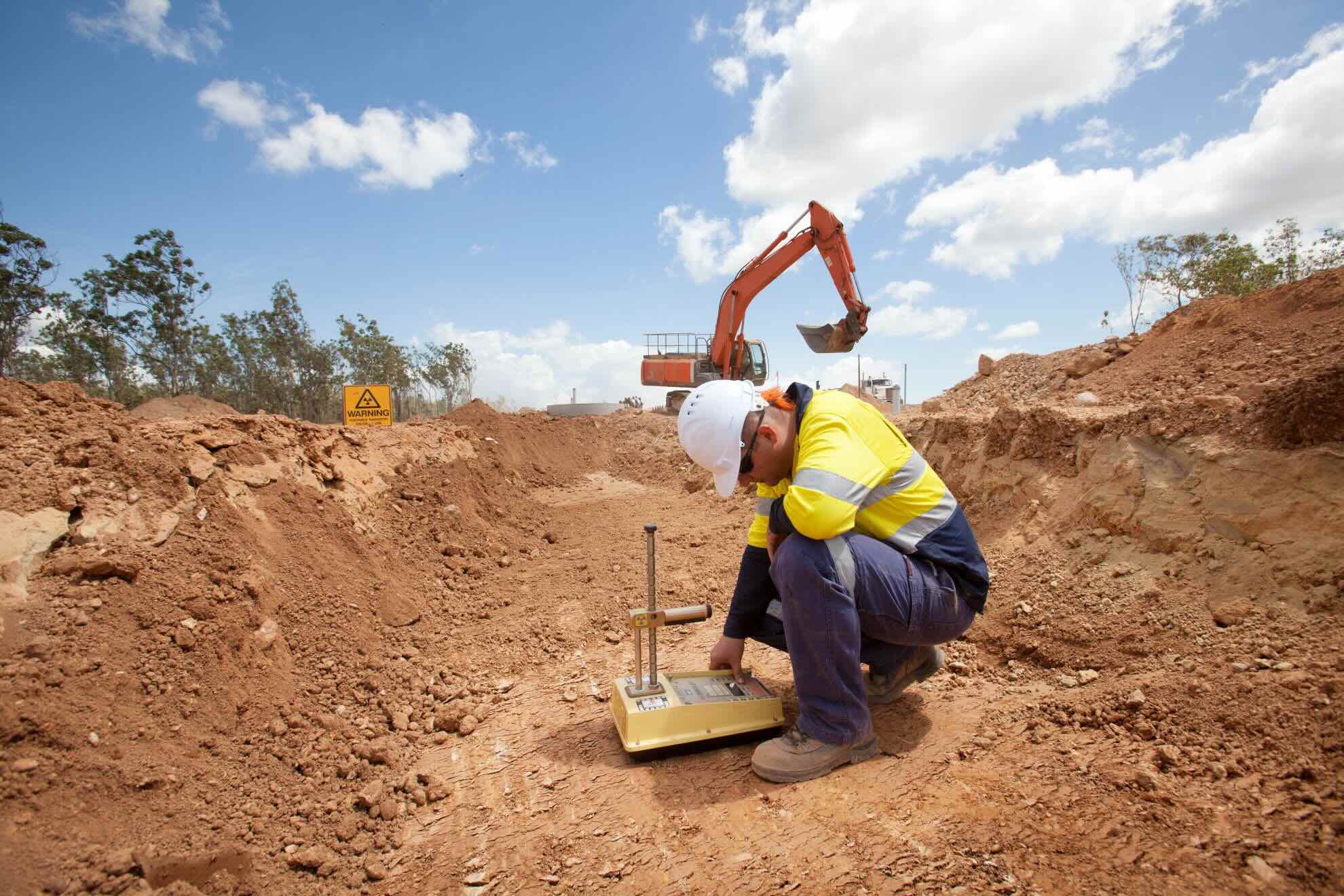

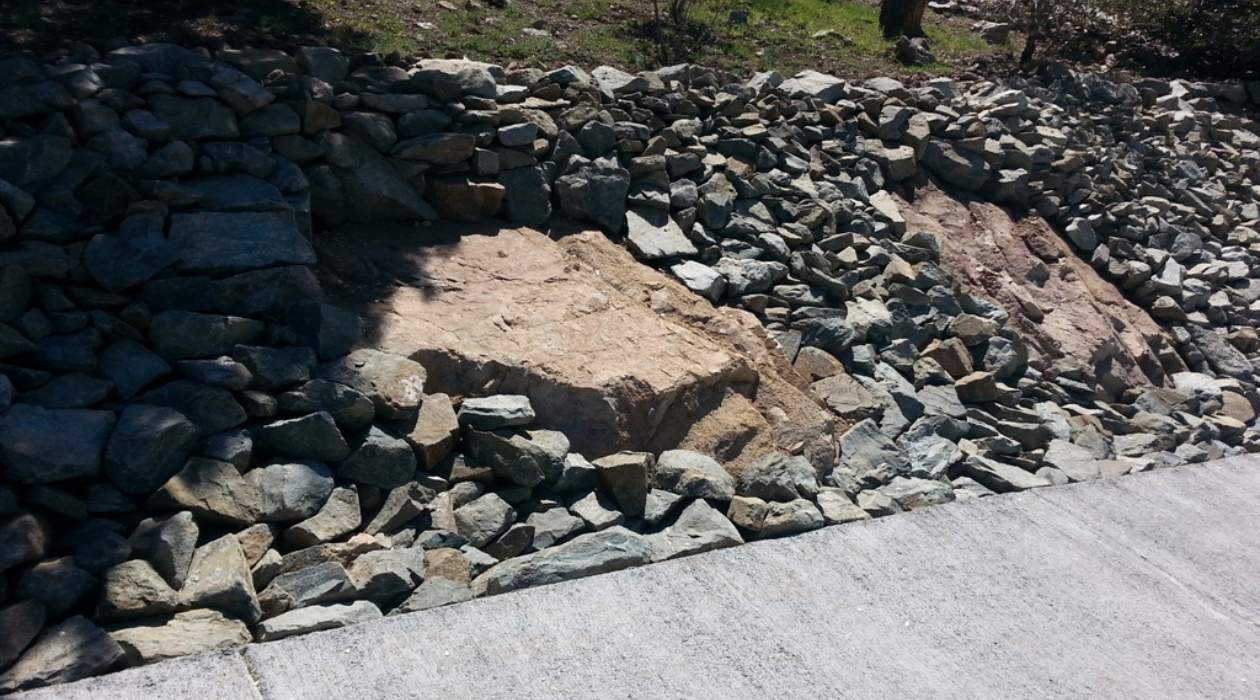

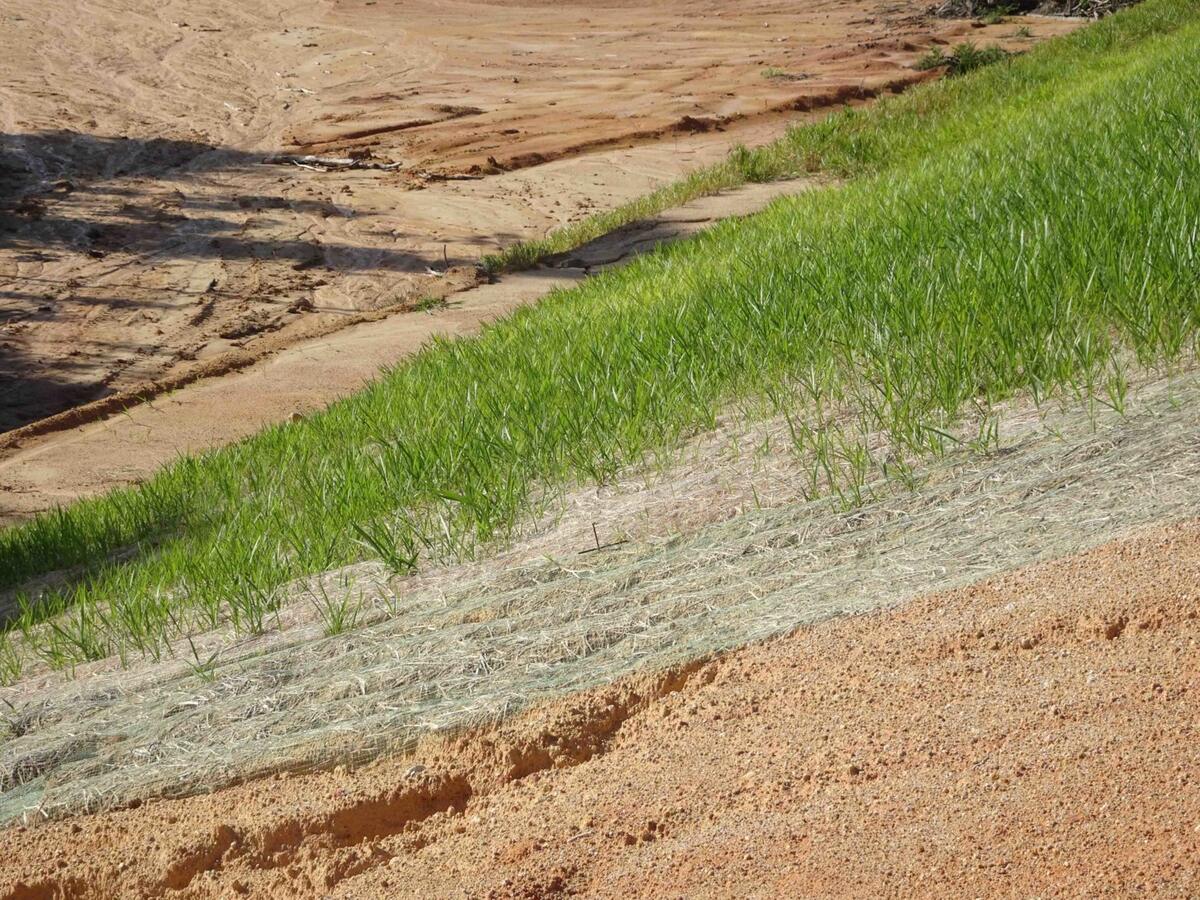

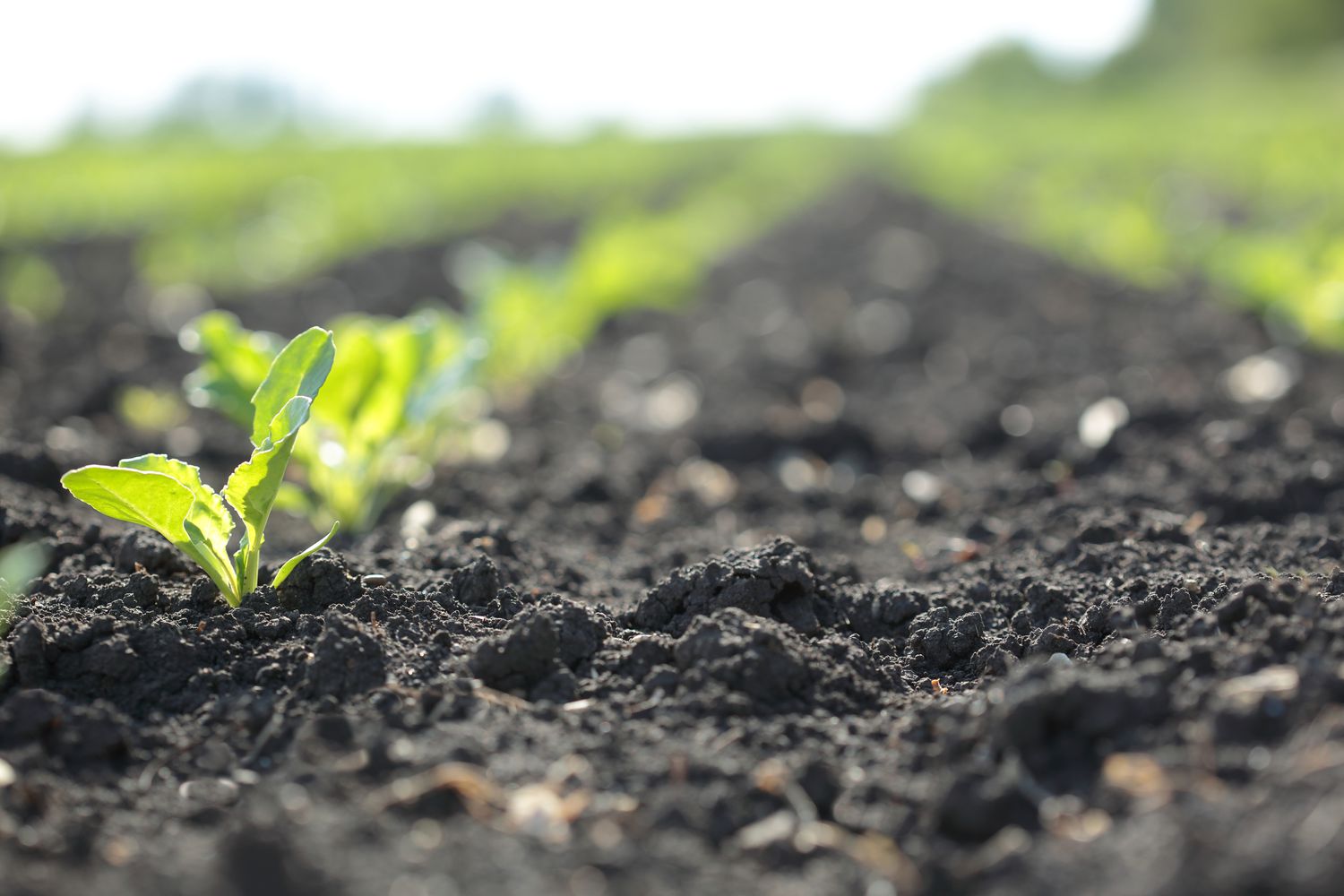
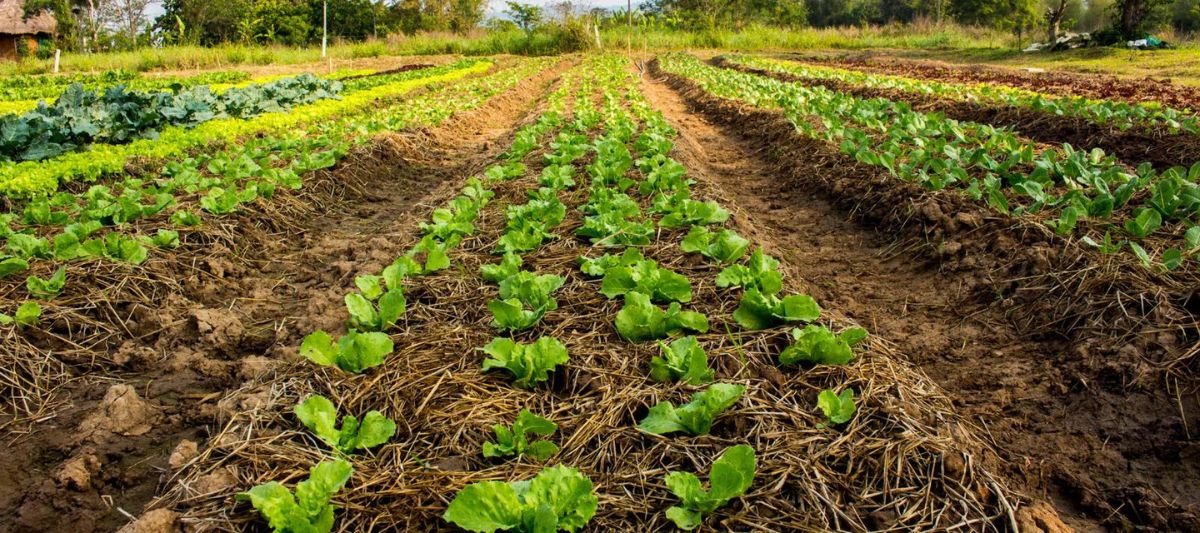

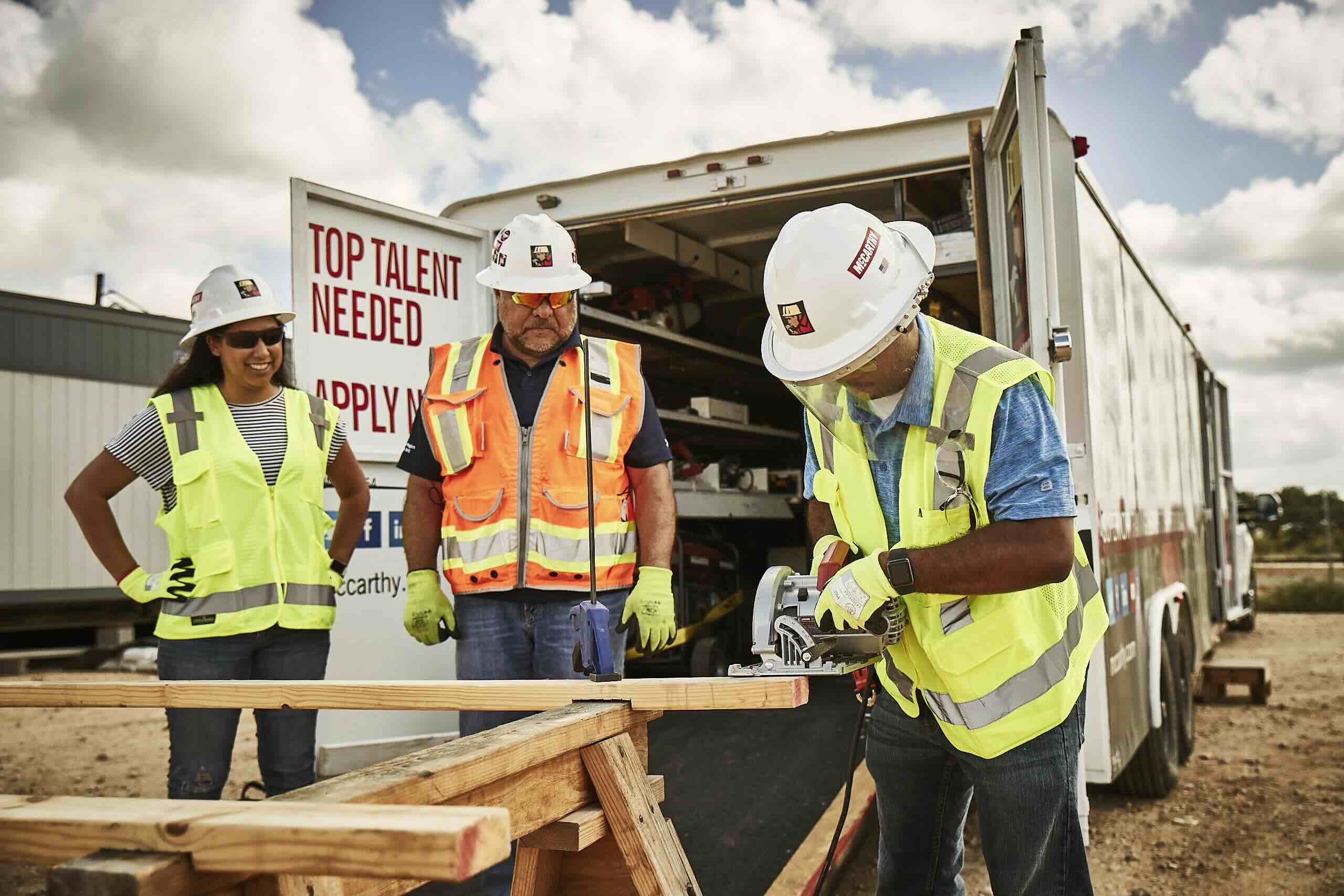
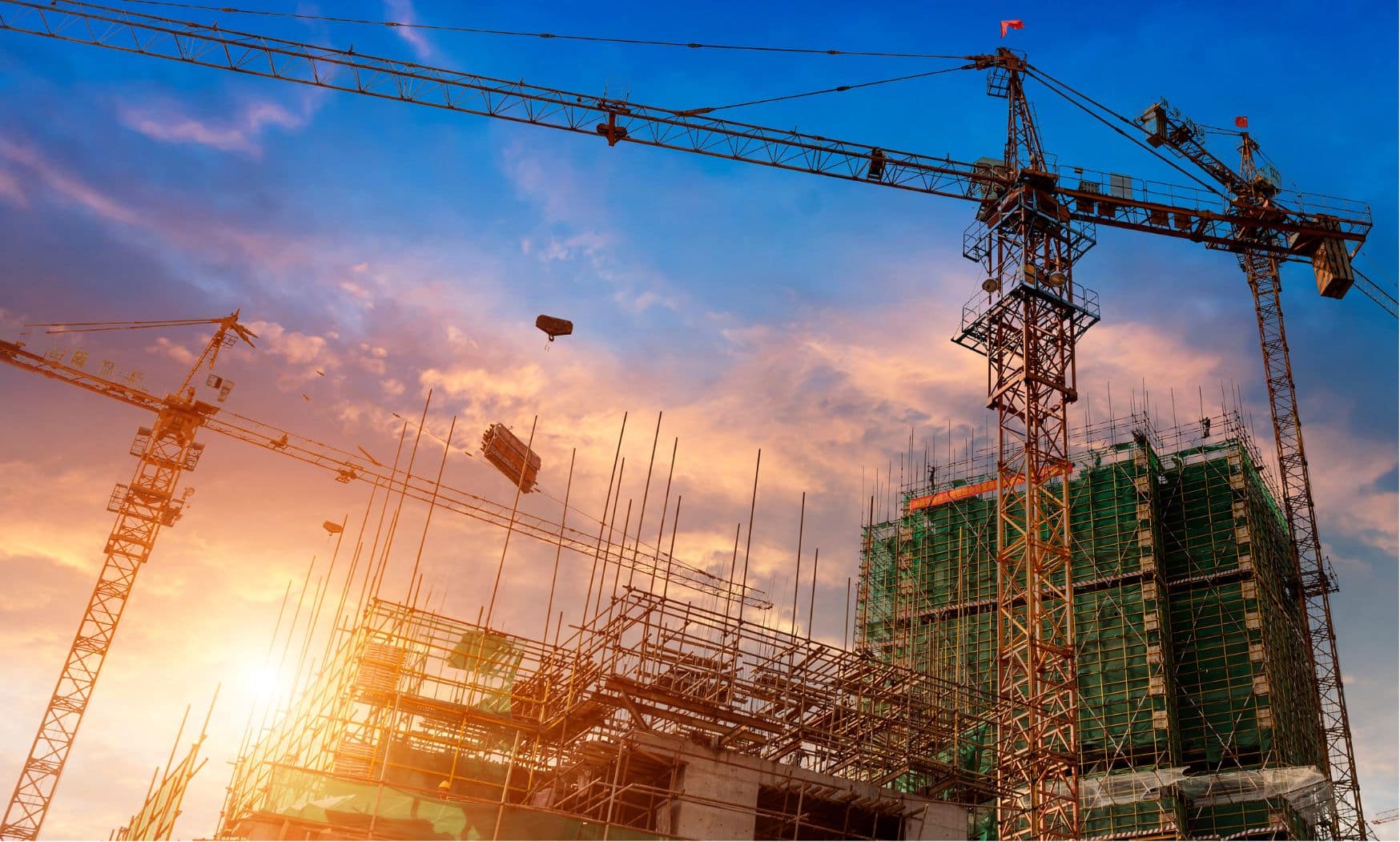
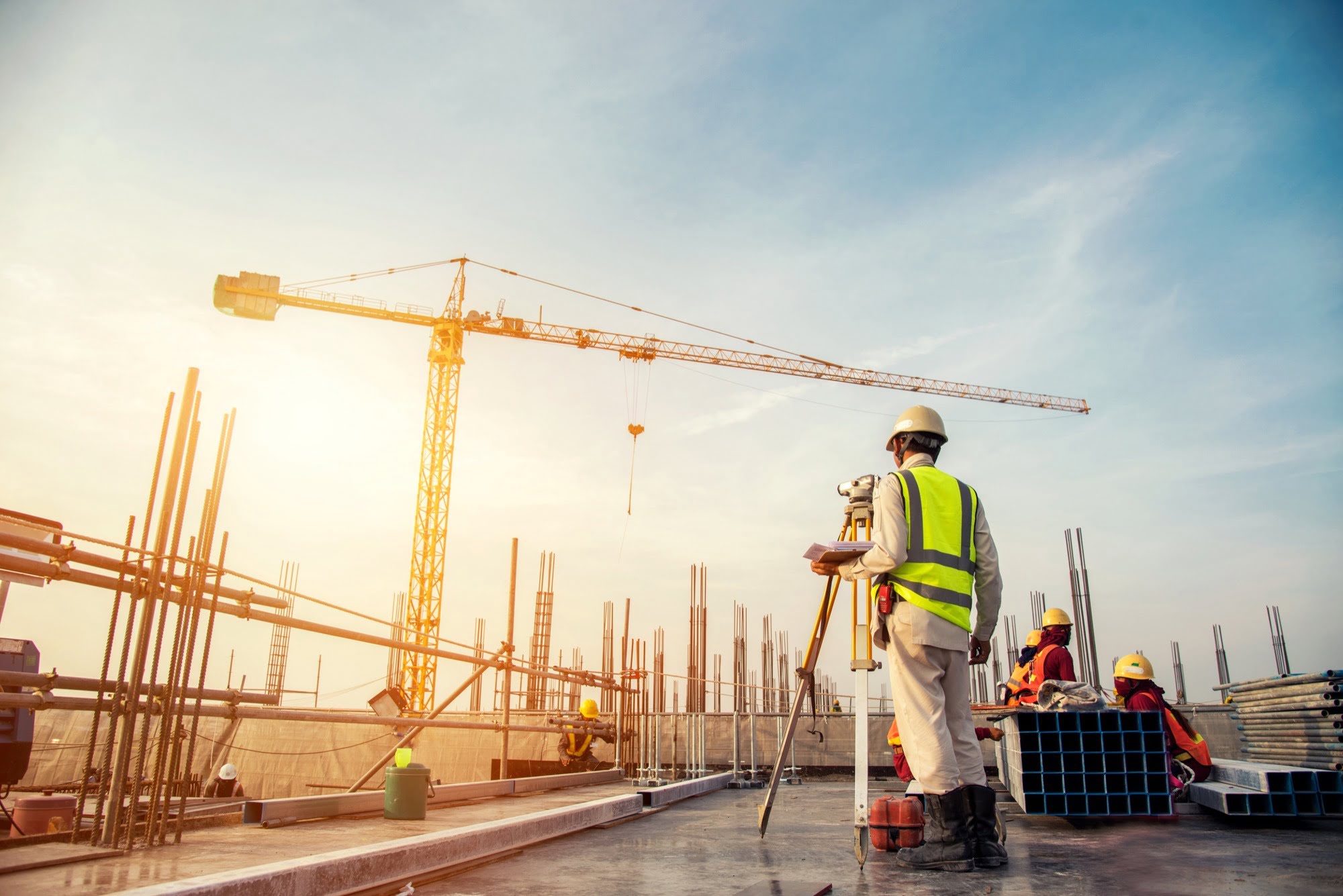


0 thoughts on “How Does Construction Cause Soil Erosion”